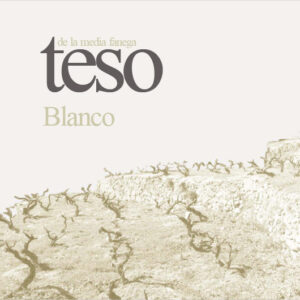La Zorra Teso Blanco 2019
La Zorra Teso Blanco 2019
La Zorra’s Teso Blanco expresses the idyllic Sierra de la Salamanca landscape through its native rufete blanco grape in a field blend with other local grapes: palomino fino, viura, and moscatel de grano menudo. Rufete blanco is a fantastic white grape variety boasting the longest ripening cycle in the area. It results in fabulous whites with good cellaring potential, given that they combine structure and vibrant acidity. This skin-contact white wine is charming and ageable, gaining many fans with its enchanting structure and food-friendly acidity and structure.
Grapes are hand-harvested from six small vineyards which feature all three of Sierra de Salamanca’s soil types: slate, granite, and clay; all within the picturesque mountains of Las Batuecas Sierra de Francia Natural Park, near the Portuguese border due west from Madrid. Much of the area is protected as a national park biosphere reserve by UNESCO.
Located just behind Mirasierra, Agustín Maíllo’s famous family restaurant in the mountain town of Mogarraz, La Zorra (literally “the fox”), has notably contributed to the recovery of the winemaking tradition in the area as well as the indigenous red grape rufete. Agustín found inspiration in “The Fox and the Grapes,” a fable written by Félix María de Samaniego, to name his project.
Vintage – 2019 was a small, but exceptional vintage, with excellent balance, producing harmonious wines with excellent potential. It was harvested on September 3rd after a dry summer preceded by a fairly rainy spring with a perfect balance of phenolic ripening and acidity. Vibrant, fresh, and complex. 360 cases produced.
Vinification – Grapes are hand-harvested in small boxes. After destemming and crushing, rufete blanco goes through a 36-hour cold skin maceration in stainless steel. Pressing is then done with a balloon inside the tank to discourage oxidation. After settling, the tank is allowed to warm, and the must is allowed to begin spontaneous alcoholic fermentation with its native yeasts. Once fermentation is complete (generally about a month in length), the wine is left to cold stabilize in the tank for three to four months before bottling in January.


